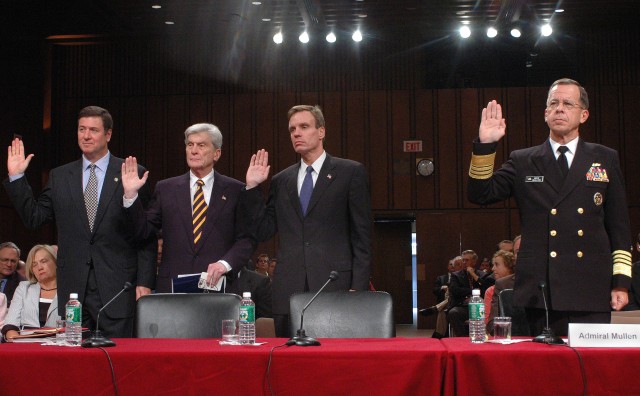
President Obama has proposed a new round of military base closures and realignments in his FY 2014 budget. That budget contains a $2.4 billion line item calling for two new rounds of the Base Realignment and Closure (BRAC) process, in 2015 and 2017, although the White House has said the actual base closure process would not begin until 2016 to give the economy more time to recover. While the administration believes that these efforts are vital to cutting infrastructure costs in response to tighter defense budgets, they face strong opposition.
Any new BRAC rounds would need to be approved by Congress, which has refused to do so in the past few years. A House hearing last Friday (April 12) made it clear that the Administration and the Pentagon face an uphill battle once again. Although Rep. John Culberson (R-Texas), chairman of the House Appropriations Committee’s Military Construction and Veterans Affairs Subcommittee, did not express an opinion about the BRAC request, ranking member Rep. Sanford Bishop (D-Ga.) made his opposition clear. His primary concern seemed to be that future BRAC rounds would repeat the mistakes made by BRAC 2005, which underestimated the immediate costs involved in closing and consolidating bases. But that round occurred at a time when the military was growing; earlier BRAC rounds in the 1990s saw quicker savings because the size of the military was shrinking then—as it is today.
Pentagon officials said the latest BRAC proposal stems from a 2004 DOD study that indicated a 24 percent excess capacity in infrastructure amid constrained budgets and reductions in force. BRAC 2005 reduced approximately 3.4 percent of replacement value, Acting Deputy Undersecretary of Defense for Installations and Environment John Conger told the committee, making the case for another round of base closures. “So as a consequence,” Conger said, “we deemed there’s still a lot of excess there.” He also stressed the savings created by past BRAC rounds: “The five previous rounds of BRAC are providing us with a recurring savings of $12 billion every year.” While acknowledging many representatives’ skepticism about the need for another round of BRAC, Congers added that “in essence, our past investments in BRAC are paying for our entire [military construction] bill, and then some. I think there’s a good case for presuming another round.”
For links to a webcast of the committee hearing and witnesses’ written testimony, click here.
